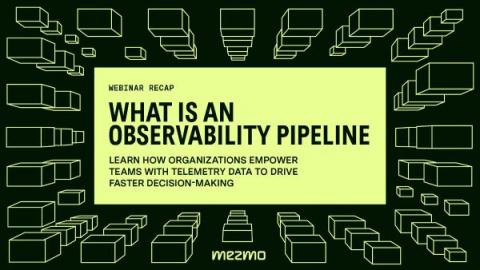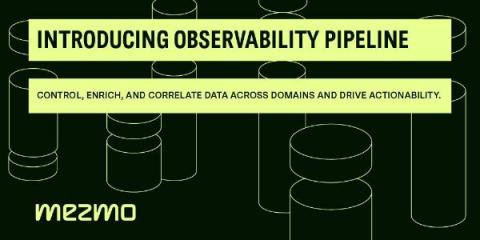Observability Data Needs Access and Control
Observability is the ability to see and understand the internal state of a system from its external outputs. Logs, Metrics, and Traces, collectively called observability data, are external outputs widely considered to be three pillars of observability.









